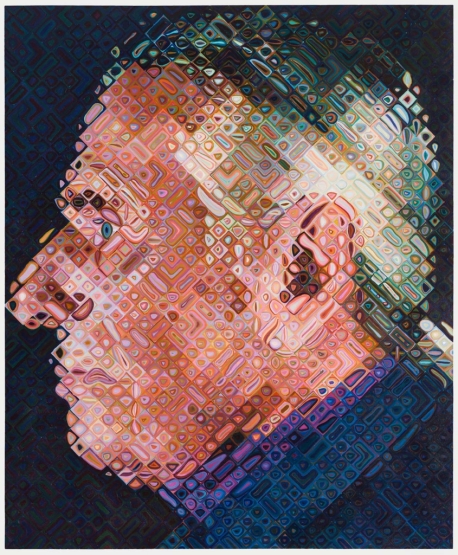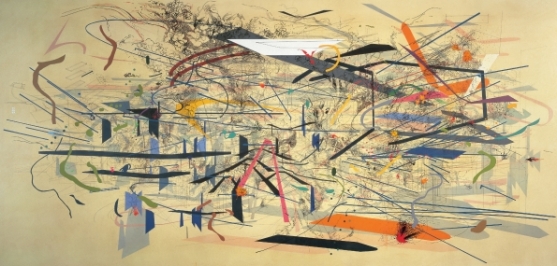For the past couple of weeks, I’ve been conducting fieldwork in Ferguson, MO for the Voices of Ferguson project. One of the themes I have been investigating is the idea of truth, especially when it is understood as being multiple and subjective – i.e. when we all have different truths about our lived experiences. Today, I interviewed an African American man from East St Louis, IL who has come to Ferguson as an activist. I asked him the same question that I ask all participants: “What does it mean to speak truth to power?” This was his beautiful, poetic response.
When I think of speaking truth to power, I think of my personal dealings with police officers.
When I think of speaking truth to power, I think of all my life how I’ve seen the grocery stores crowded at the beginning of the month and empty at the end of the month.
When I think of speaking truth to power, I think of all those ticket violations in Ferguson and the courts and all the racial slurs in government emails.
When I think of speaking truth to power, I think of how many young guys that I’ve known who were very intelligent but never got an opportunity because they don’t think they can.
When I think of speaking truth to power, I think of these religious divisions where we take religion out of the schools, but put it in the prisons. Maybe if they talked about the love of God in the classroom, the prisons wouldn’t need to be filled up with Bibles, and people wouldn’t feel like now they need to turn to Jesus and be saved so their minds can be freed and not have to deal with their current situation.
When I think of speaking truth to power, I think of all the officers on whom indictments have not been served. I think of Eric Garner, and I think they should have given him a chance, shot him in the foot instead of choked him up.
When I think of speaking truth to power, I think of those white construction workers who said they saw Mike Brown’s hands up in the air.
When I think of speaking truth to power, I think of the unemployment rate in my community and how no one really cares about it.
When I think of speaking truth to power, I think of all the potholes and empty lots that are just taking up space that could be used for a community baseball field or basketball court.
When I think of speaking truth to power, I think of Ferguson and how it was triggered and how that can go on anywhere, in any city in America.
When I think of speaking truth to power, I think if we don’t hurry up and get control of police brutality, there’s going to be more deaths, more killings, more murders on both sides.
When I think of speaking truth to power, I think it’s the things that I think about everyday, speak about everyday, and dream about everyday, and think about the ways that I can do something to change things.
What do you think it means to speak truth to power? What is your truth? I’d be interested to read your thoughts and perspectives.
If you’d like more information on the Voices of Ferguson project, visit http://www.laurakgraham.com or email laura.graham@tufts.edu.





